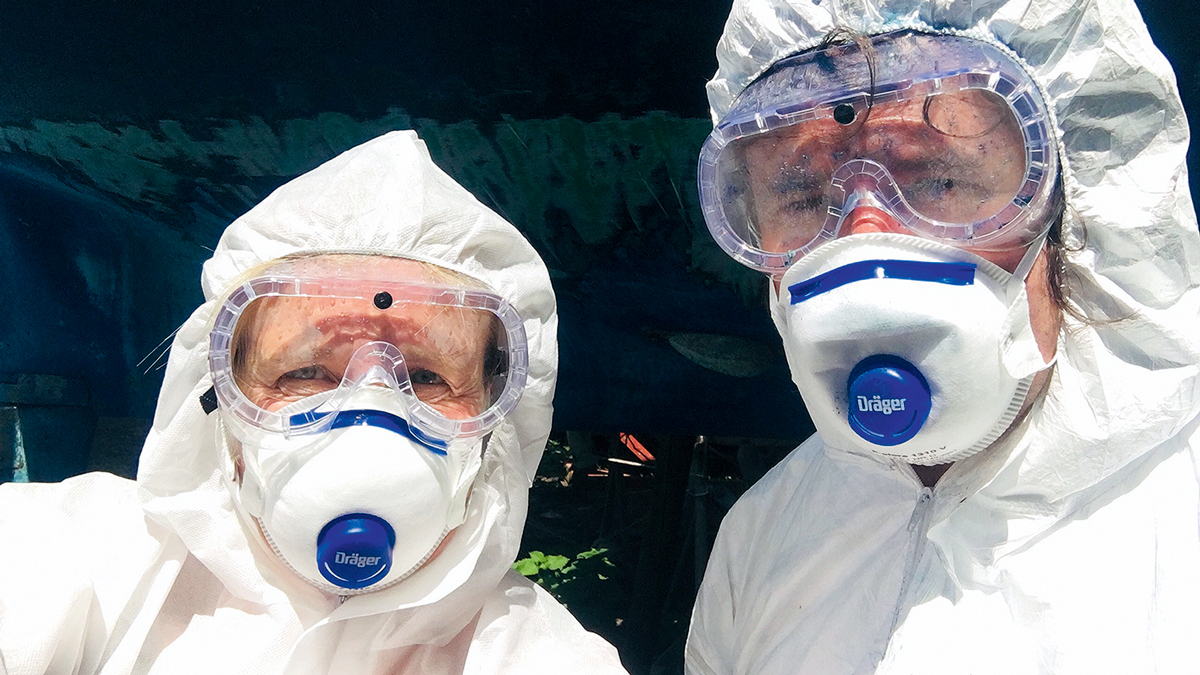What do I need to do when overcoating Coppercoat? The former technical manager for International Paint, Richard Jerram has the answer
My Coppercoat is over 10 years old and no longer effective.
I don’t want to renew it so I am looking at traditional antifoul over the top.
Can you advise if after cleaning and surface abrasion I need to apply a primer or can the antifoul go straight on top?
Eric Robertson
Richard Jerram replies:
An epoxy primer will be required on the Coppercoat before overcoating with a traditional antifouling.
However, preparation is very important to achieve good adhesion between the primer and the Coppercoat.
The surface must be abraded heavily with a 40- to 80-grit abrasive paper to obtain a good surface profile to allow the primer to grip – there’ll not be a chemical bond between the two, only mechanical.
Continues below…
Antifouling: Everything you need to know
Here’s PBO’s guide to preparing for, choosing and using antifouling paints
Alternatives to painting on antifouling
Less laborious than paint
Best antifouling paint: 8 leading options in head-to-head test
In June 2021 we coated the hull of a Hardy Commodore 42 with eight of the best antifouling paint products.…
Cheap antifouling paint? Manufacturers explain how to coat your boat on a budget
What’s your most economical antifouling paint? The lower the level of fouling you’re up against, the cheaper the antifouling paint…
After abrasion the surface should be thoroughly washed down to remove all sanding debris.
I’d recommend the first application of antifouling is a non-eroding type rather than eroding as this will avoid exposing the primer over the season.
The following season an eroding antifouling can be adopted.
Personal respiratory protection must be worn as copper dust will be generated when abrading.
Enjoyed reading Overcoating Coppercoat antifouling?
A subscription to Practical Boat Owner magazine costs around 40% less than the cover price.
Print and digital editions are available through Magazines Direct – where you can also find the latest deals.
PBO is packed with information to help you get the most from boat ownership – whether sail or power.
-
-
-
- Take your DIY skills to the next level with trusted advice on boat maintenance and repairs
- Impartial in-depth gear reviews
- Practical cruising tips for making the most of your time afloat
-
-








